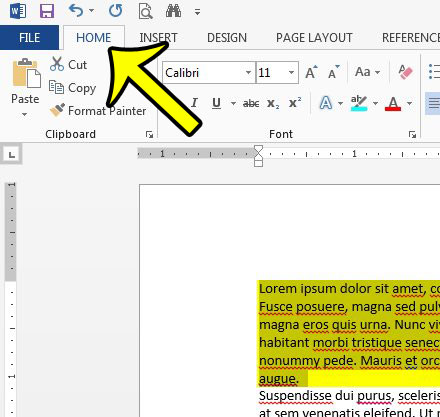


That would be to save the HTML-encoded text into a text file, open it in your browser, copy the text within the browser window, and paste it directly into a Word document.

Of course, there is an entirely different approach you could use to get rid of the HTML tags and still retain the formatting associated with those tags. For instance, HTML uses both and tags to display information in italic, which means you should account for the possibility of both sets of tags in your macro. You may even want to make sure that alternate tags are dealt with. The shortcut sets the text to the default font, removes the formatting, and even removes links. You could also expand the macro to make similar changes relative to other HTML tags you may need to remove. To remove the formatting in Microsoft Word from any text, highlight the text and press the shortcut key Ctrl+Spacebar. Replace:=wdReplaceAllĪssign the macro to a shortcut key, and you can remove the italic HTML tags anytime you need. An even quicker method of removing formatting in Word and PowerPoint is. You can also Clear All Formatting in PowerPoint presentations using the same procedure. The text returns to the default Normal style.
How to remove formatting in word 2013 how to#
Aaron is pretty sure this can be done with Find and Replace, but he's not quite sure how to go about it. For instance, if he has a phrase that appears this way, he would like to remove the tags ( and ) but have "a phrase" appear in italics. Word displays the Track Changes Options dialog box. Click the small icon at the lower-right corner of the Tracking group. Aaron has a document that contains a number of HTML tags, and he would like to remove the tags but maintain the formatting they represent. If you are using Word 2013, follow these steps instead: Make sure the Review tab of the ribbon is displayed.


 0 kommentar(er)
0 kommentar(er)
